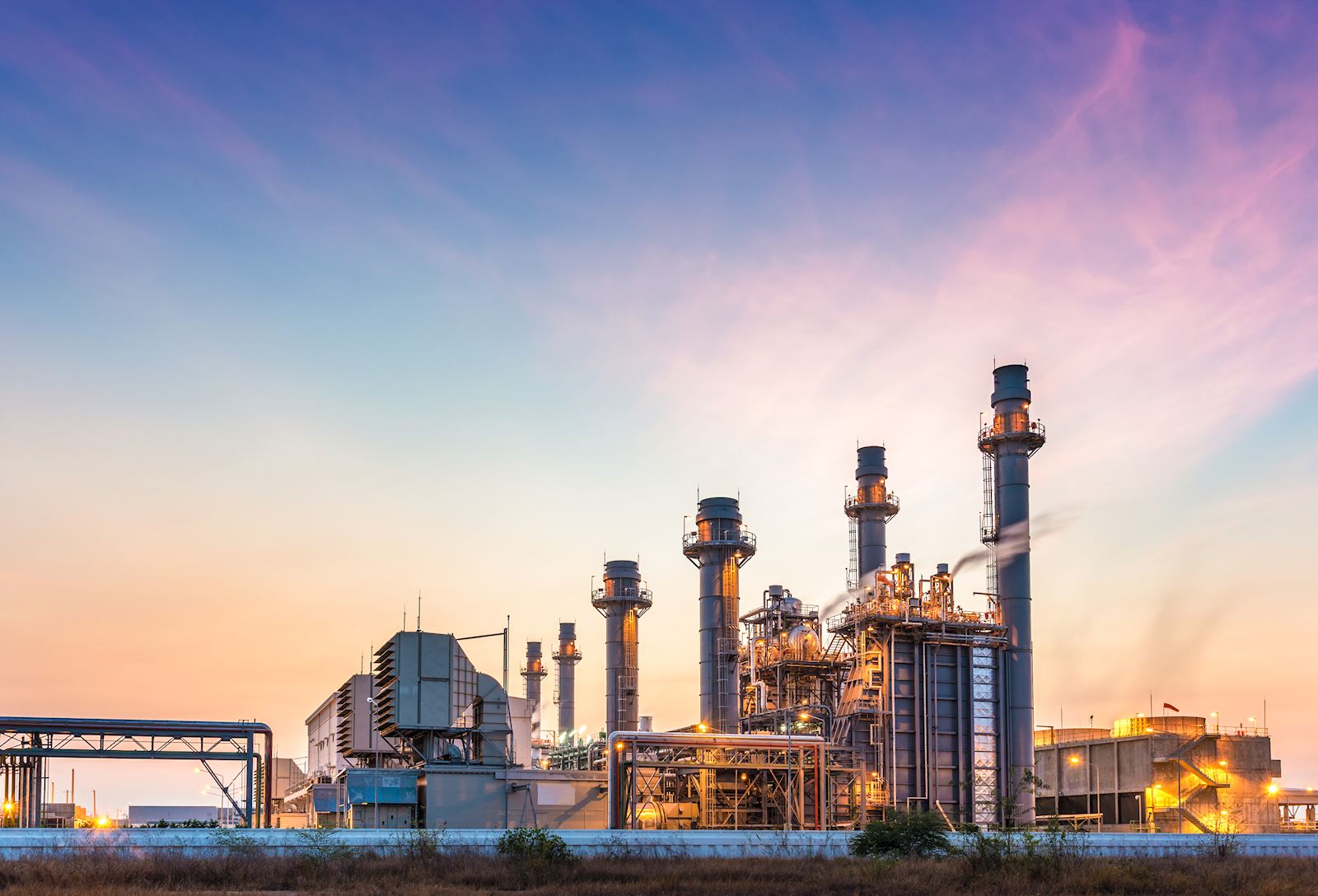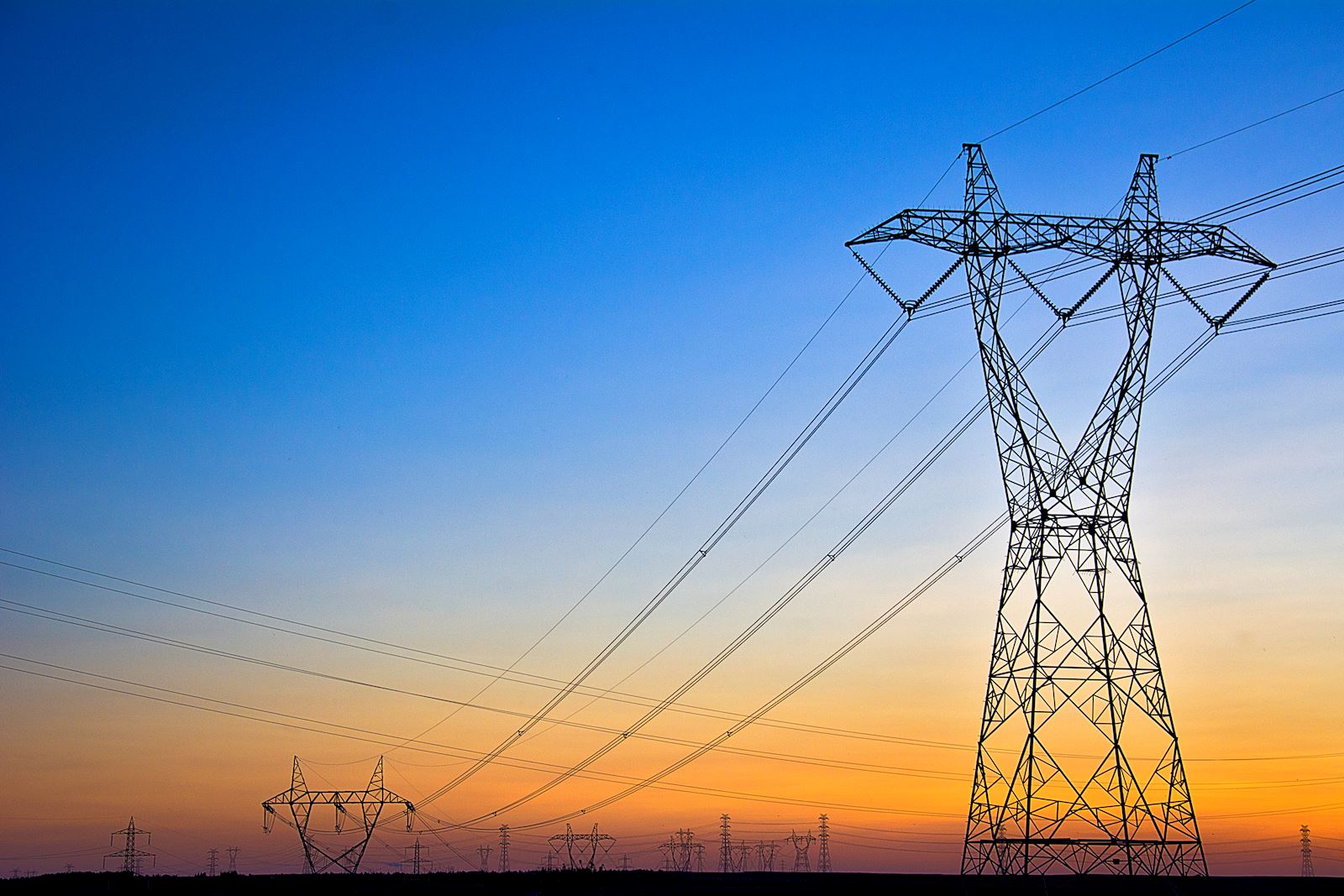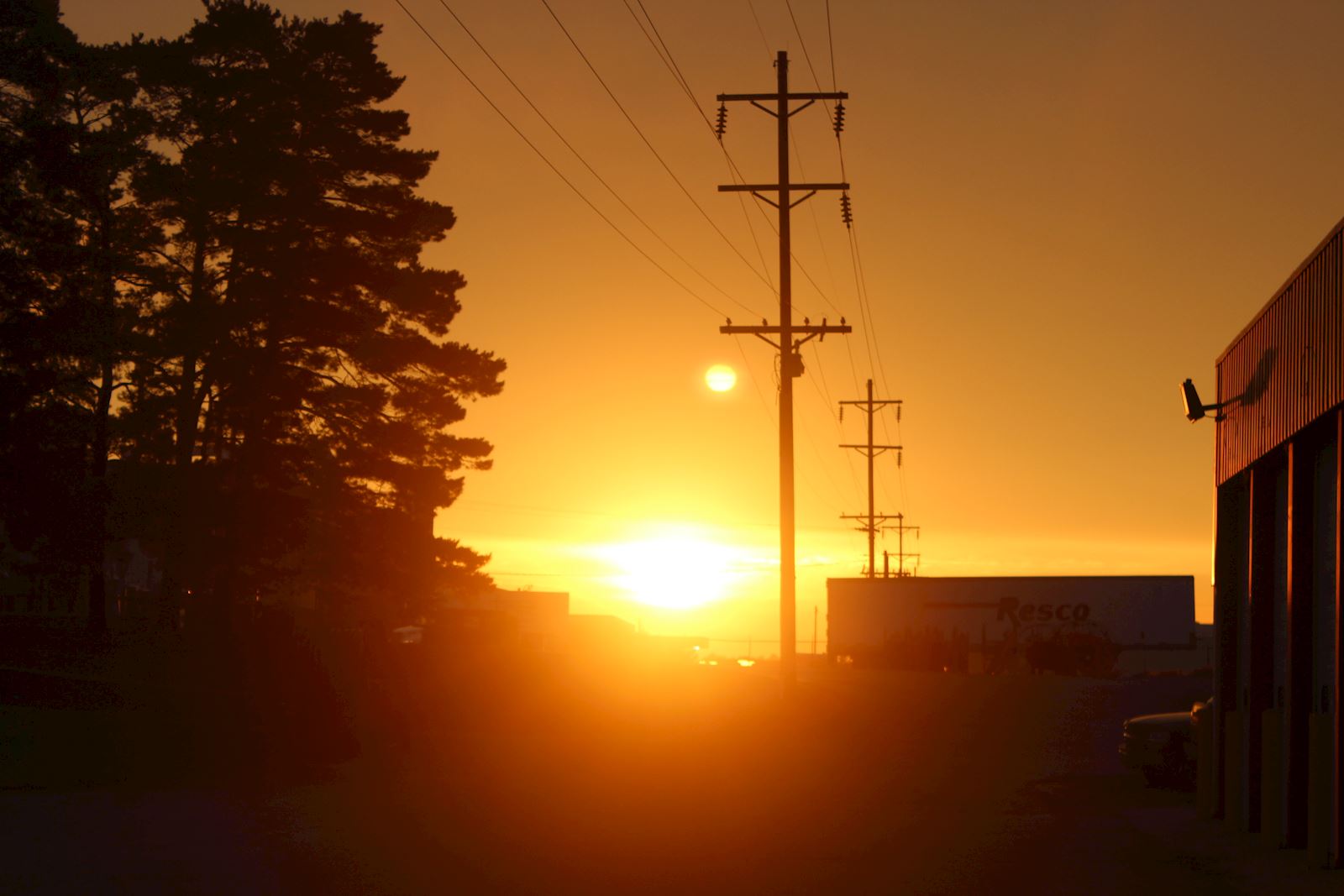From Steam to Power
Published
on Wednesday, May 4, 2022
in
Electric Resources
Miles away, a turbine spins. At home, you flip on your lights. Have you ever thought about what just happened?
It’s easy to take electricity for granted – we use it every day in too many ways to count – but behind the scenes, lots of pieces have to fall into place to make sure you have a steady flow of power. Take a peek behind the curtain:
Generation

There are lots of ways to generate power, but it usually involves steam spinning a turbine. Power plants create steam by burning coal, oil, or natural gas. Nuclear fission reactions heat water into steam at nuclear plants. Hydroelectric dams collect energy from running water, while solar and wind farms convert energy from the sun or from wind, respectively.
Transmission

Once the energy is generated, it has to travel to its destination. Transmission substations near the generator increase the voltage. At higher voltages, more power can be transmitted through wires, and less energy is lost as it travels.
The large steel towers you can sometimes see in the distance support high-voltage transmission lines. The energy running through these lines is at a voltage as much as a hundred times greater than that running along the wooden power poles on the side of the road.
Distribution

When the energy nears its destination, it’s time to step the voltage back down so it can travel the rest of the way to your home. This happens at a power substation. Transformers at the substation decrease the voltage (for MEC it is 7,200 volts to ground) and send it to a distribution bus.
The bus splits the energy off in several directions, sending it along local distribution lines. These lines are supported by the wooden power poles you’re probably familiar with.
The energy will need to be stepped down even further once it reaches your neighborhood or subdivision. This happens at another transformer – for example, the large green box you sometimes see in a subdivision, or on the power pole nearest to your home where you might see a cylinder near the top. This is a transformer, which reduces energy from the distribution voltage to the standard 120/240 volts your house uses.
Entering Your Home
And there you have it! The electricity has made it to your home and waits at your command.
Have a question about your electric service? Call us at 800-492-5989 or visit us at teammidwest.com/contact.